Beijing welcomed the first snow of the season on Friday. Let's appreciate some beautiful snow scenes in the ancient city!
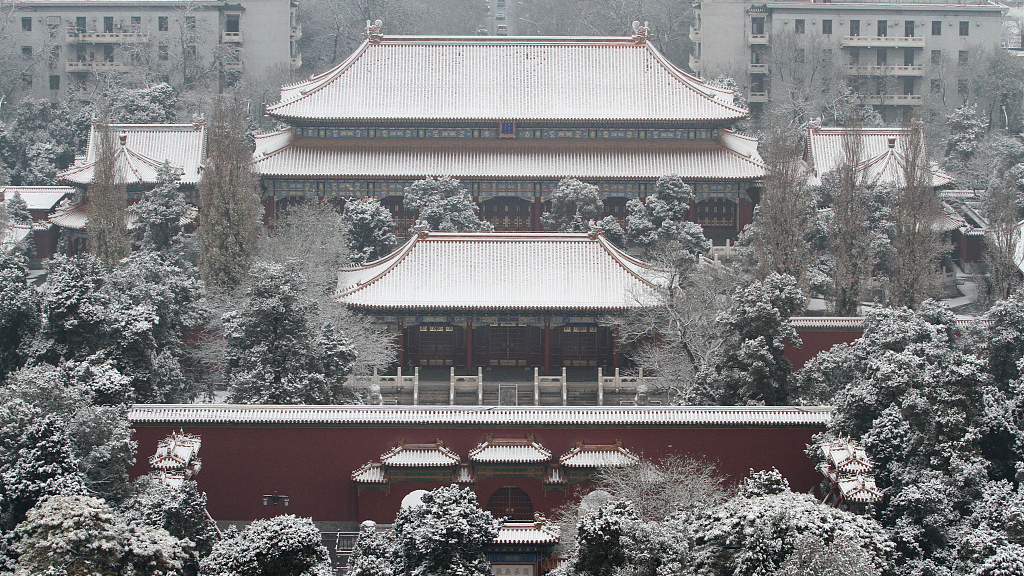
The Palace Museum covered in snow. /VCG Photo
The Palace Museum covered in snow. /VCG Photo
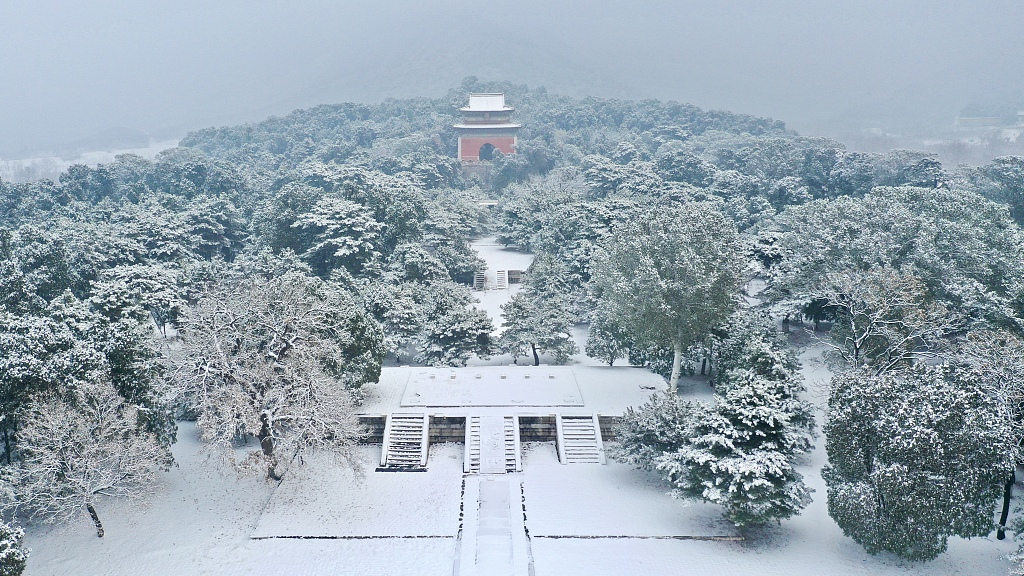
The Ming Dynasty Tombs covered in snow. /VCG Photo
The Ming Dynasty Tombs covered in snow. /VCG Photo
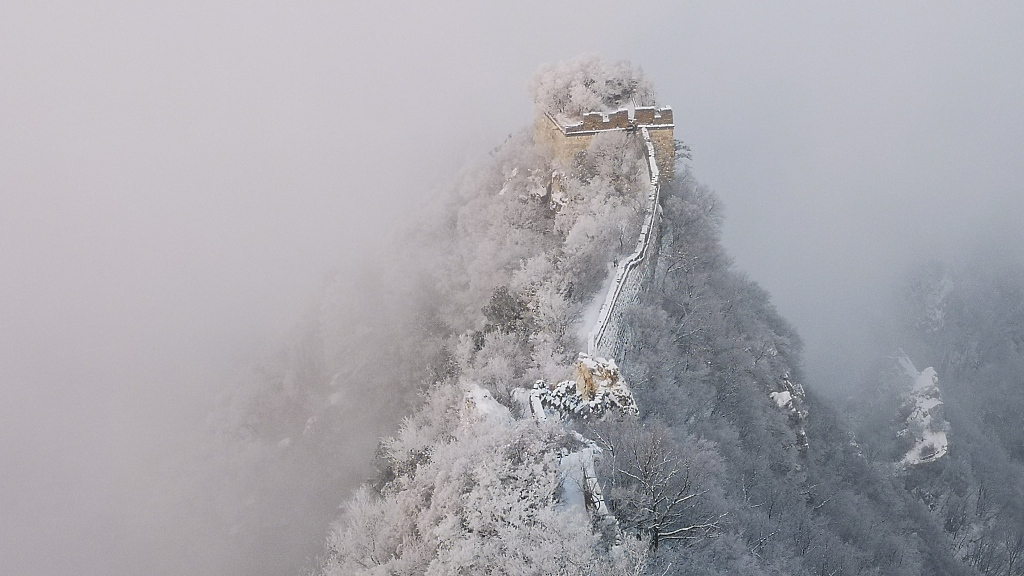
Clouds float above Arrow buckle Great Wall in Huairou District after snowfall. /VCG Photo
Clouds float above Arrow buckle Great Wall in Huairou District after snowfall. /VCG Photo
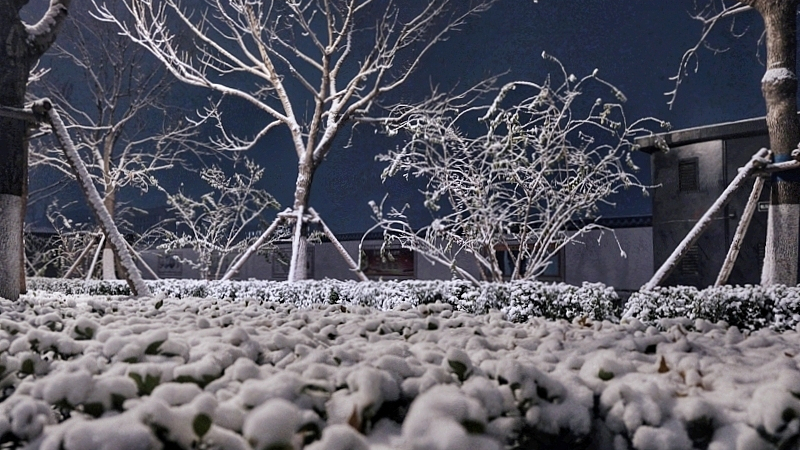
Beijing sub-city center covered in snow. /VCG Photo
Beijing sub-city center covered in snow. /VCG Photo
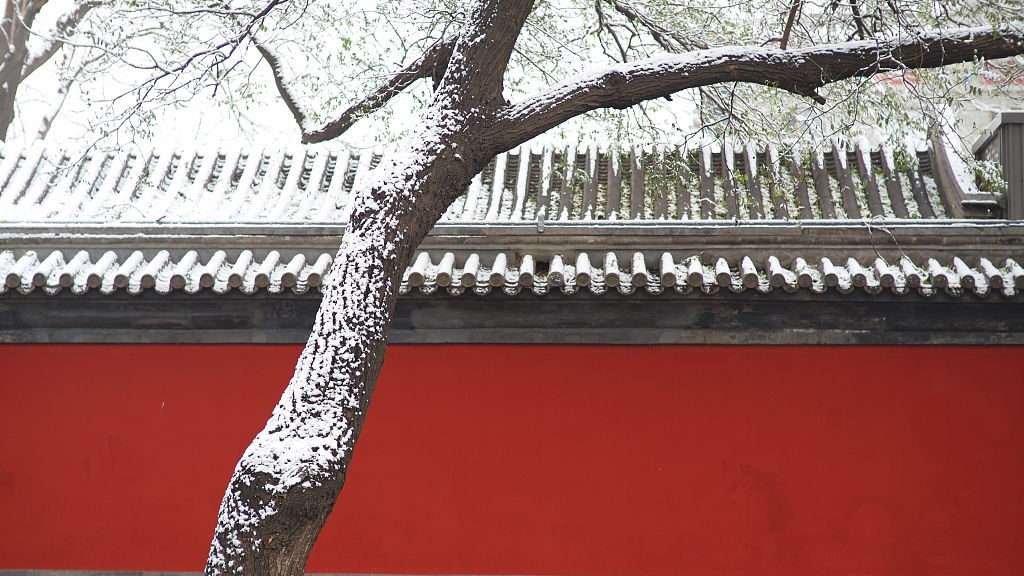
Streets around the Palace Museum. /VCG Photo
Streets around the Palace Museum. /VCG Photo
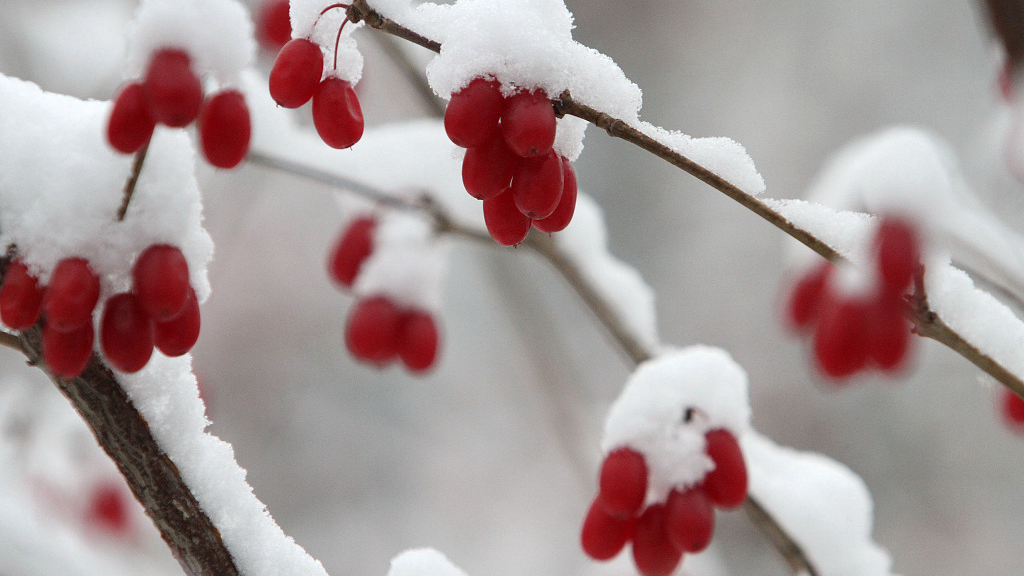
Snow-covered Jingshan Park. /VCG Photo
Snow-covered Jingshan Park. /VCG Photo
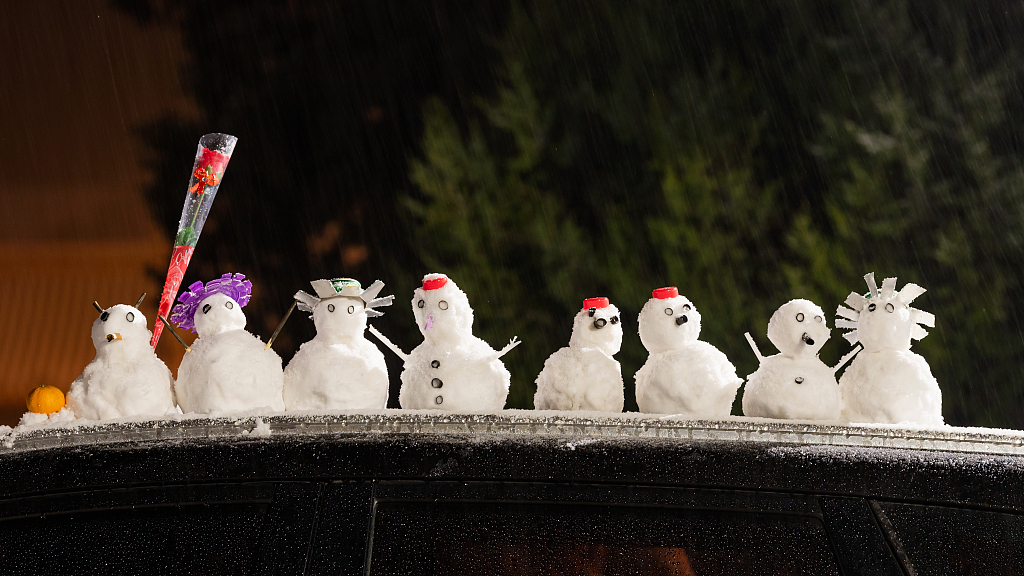
Snowmen at Shenwu Gate of the Palace Museum. /VCG Photo
Snowmen at Shenwu Gate of the Palace Museum. /VCG Photo
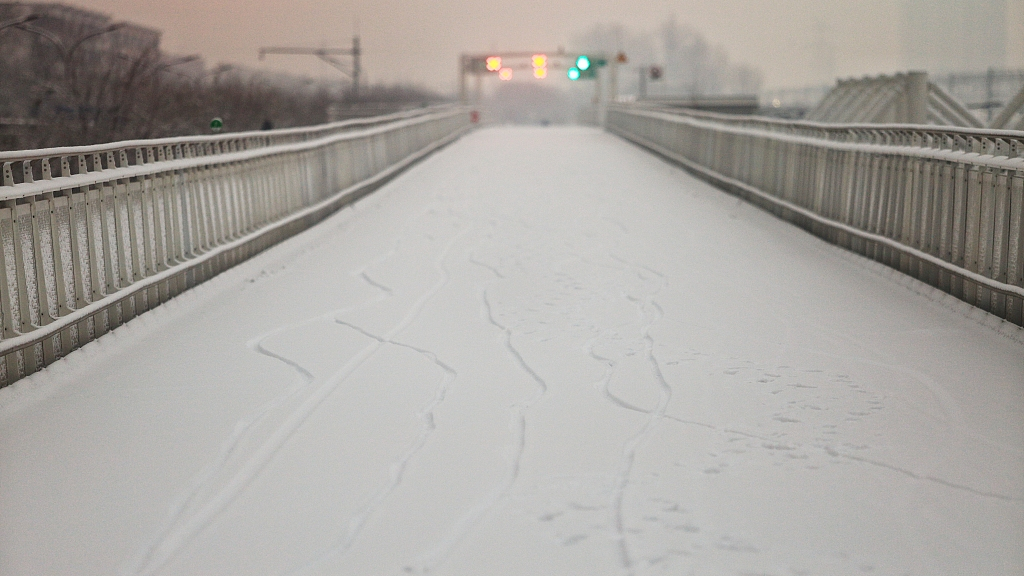
A snow-covered street in northern Beijing. /VCG Photo
A snow-covered street in northern Beijing. /VCG Photo
Here are some interesting facts about snow, a mesmerizing natural phenomenon:
1. 'There are no two identical snowflakes' is NOT true
An average snowflake is made up of 180 billion molecules of water. Many snowflake crystals are almost identical in their early stages of growth, and some of the fully formed ones are pretty similar. In fact, scientists have proved it. In 1988, scientists discovered two identical examples of snowflakes while studying snow crystals from a storm in Wisconsin.
2. Snowflakes can be very, very large
According to the Guinness World Records, the largest snowflake ever recorded was a 15-incher that besieged Fort Keogh, Montana, U.S., in 1887. By the way, the world record for a season's snowfall is held by Mt Baker in Washington in the 1998-1999 snow season, when almost 29 meters of snow fell in one winter.
3. Not all snow are white
Deep snow has a tint of blue, and there are occasional reports of red, yellow, or black snow falling from the sky, probably due to pollen, windblown dust, or ash and soot. A red snow is called "watermelon snow," which are ruddy-tinted drifts that smell like fresh watermelon. The watermelon snow gets its color from a species of pigmented algae that grows in ice. Do NOT eat it anyway.
4. Actually, no snowflake is white
Snow, like the ice particles it's made up of, is actually colorless. It's translucent, which means that light does not pass through it easily, but is rather reflected. It's the light reflected off a snowflake's faceted surface that creates its white appearance.
5. The poles do not snow much
Though the Arctic and the Antarctic are covered with snow and ice, it doesn't snow very much at the poles. Most blizzards in the region are made up of old snow that is blowing around.
6. A city tried to make snow 'illegal'
America's snowiest major city, Syracuse, New York, has an impressive arsenal of plows. The 1991-1992 snow season was particularly bad. More than 162 inches of snow fell on the city. So in March of 1992, the Syracuse Common Council passed a decree "on behalf of its snow-weary citizens" that said any more snow before Christmas Eve of that year was illegal. As it turns out, Mother Nature is a scofflaw - it snowed just two days later.
7. And there is a city that never sees snow
It is Key West in Florida, U.S. The coldest temperature on record for the city is five degrees Celsius.
8. Other planets get snow too
In 2008, the Mars Lander watched a Martian snowfall, which vaporized before it hit the ground. But Martian snow does reach the ground, especially around the poles. The snow isn't water. It's frozen carbon dioxide. Snow has also been found on Venus, too. It is neither water nor carbon dioxide, but is made of metal.
9. Burying in snow actually warms you up
Snow comprises of 90 to 95 percent trapped air, meaning it can't transfer heat. This is the reason many animals burrow deep into the snow during winter in order to hibernate.
10. Yelling does not trigger an avalanche
No need to whisper: there are a number of factors that can trigger an avalanche, but noise isn't one of them. Shouting, yodeling, and most other loud sounds cannot trigger an avalanche. Weight is a much more important contributor. A sudden deluge of snow, an increase in wind speed or even the over-zealous footstep of a skier can trigger a sudden, deadly, cascade.
(Cover via VCG; edited by An Qi)
(If you want to contribute and have specific expertise, please contact us at nature@cgtn.com.)